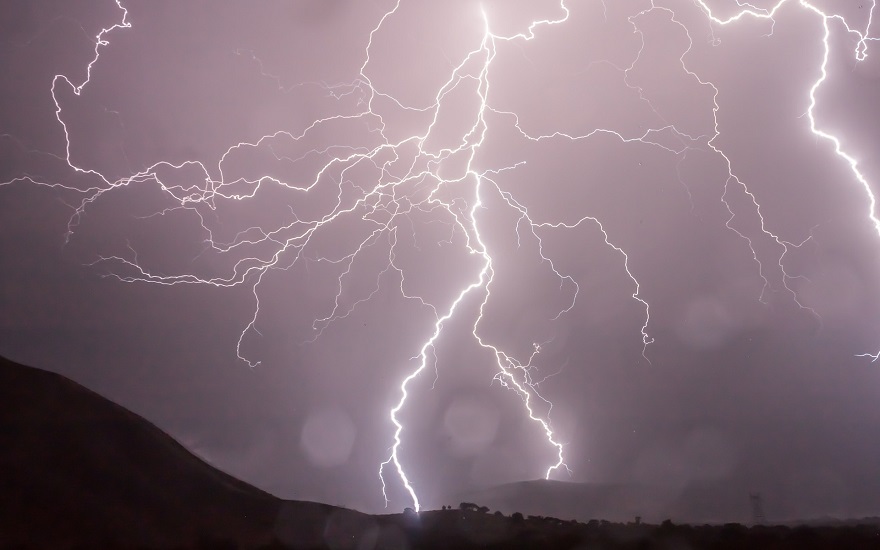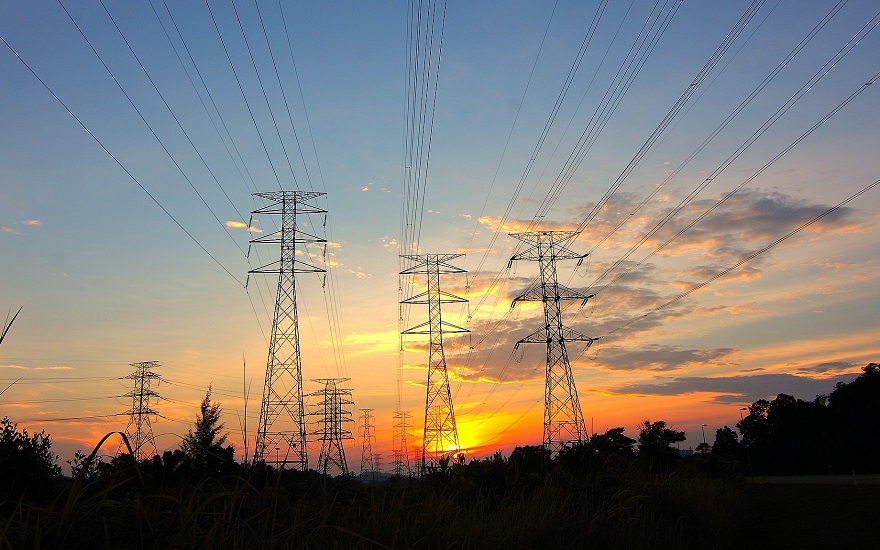National Grid’s final technical report into August’s blackout calls for review into whether the network has enough backup power to cope with similar incidents.
The 37-page statement submitted by the electricity system operator to energy regulator Ofgem identifies several areas where “lessons can be learned”, including a review into the amount of reserves it holds.
Currently, this backup only needs to be as large as the biggest power plant running on the grid.
The technical report declares “the processes and procedures in place on 9 August generally worked well to protect the vast majority of customers, there was however significant disruption… Reflecting on the scale of disruption caused to the public, there are some areas where we believe a wider review of policy, processes or procedures may be appropriate.”
What Does The Technical Report Recommend?
National Grid highlights the following areas where lessons can be learned:
- A review of the security standards (SQSS) to determine whether it would be appropriate to provide for higher levels of resilience in the electricity system. This should be done in a structured way to ensure a proper balancing of risks and costs.
- The list of facilities connected to the Low Frequency Demand Disconnection (LFDD) scheme should be reviewed to ensure no critical infrastructure or services are inadvertently placed at undue risk of disconnection.
- Assessing whether it would be appropriate to establish standards for critical infrastructure and services (e.g. hospitals, transport, emergency services) setting out the range of events and conditions on the electricity system that their internal systems should be designed to cater for.
- As Britain moves to ever increasing levels of embedded generation, a review of the timescales for delivery of the Accelerated Loss of Mains Change Programme to reduce the risk of inadvertent tripping and disconnection of such embedded generation.
- Review of communication protocols and processes, in particular during the first hour, to support timely and effective communication in any future event.
- Review of the internal protection systems on electric trains to ensure they can continue to operate through ‘normal’ disturbances on the electricity system.

The Definitive Version Of What Happened On 9 August
National Grid’s interim report published on 16 August gives its initial account of the events in the lead-up to the blackout.
But with the benefit of a few more weeks’ investigations, the final technical report gives a more detailed analysis of what really happened:
- At 16:52:33 on Friday 9 August there was a lightning strike on the Eaton Socon-Wymondley 400 kV transmission line. This was one of several lightning strikes that hit the transmission system on the day, but the only one to have a significant impact.
- The protection systems on the transmission system operated correctly to clear the lightning strike and the associated voltage disturbance was in line with what was expected.
- The lightning strike initiated the operation of vector shift protection resulting in the tripping of approximately 150 MW of embedded generation.
- Two almost simultaneous unexpected power losses – at the Hornsea off-shore wind farm (737 MW) and the steam turbine at the Little Barford gas-fired power station (244 MW) – occurred independently of one another, but coincident with the lightning strike. As this generation would not be expected to trip off or de-load in response to a lightning strike, this represents an extremely rare and unexpected event.
- These events resulted in a cumulative level of power loss greater than the level required to be secured by the Security Standards (1,000 MW based on the largest infeed at the time), and as such a large frequency drop outside the normal range occurred. The frequency drop caused the further tripping of approximately 350 MW of embedded generation.
- The total loss of generation at this point was 1,481 MW, nevertheless the frequency fall was arrested at 49.1 Hz and began to recover with the deployment of all of the available response and reserve capacity.
- However, one of the gas turbines at Little Barford then unexpectedly tripped from 210 MW bringing the cumulative loss of generation to 1,691 MW1. There were no further reserves left and the frequency fell to 48.8 Hz.
- The Low Frequency Demand Disconnection (LFDD) scheme was correctly triggered at 48.8 Hz and automatically disconnected approximately 1.1million customers, totalling almost 1 GW of supplies.
- The disconnection of demand, coupled with the response and reserve in place along with further dispatch of fast acting plant by ENCC, enabled the frequency return to 50 Hz within 5 minutes.
- The Distribution Network Operators quickly restored supplies within 40 minutes once the system was in a stable and secure position.
- Several critical loads were affected for a longer duration by the action of their own systems, in particularly rail services, where disruption extended through Friday evening into Saturday morning. This was due to the fact that approximately 30 trains stopped working and required a technician with a laptop to attend in person to restart, which took significant time. These trains stuck on the tracks caused severe knock-on delays across the rail network.
Find all our coverage about the August 2019 power failure and the fallout from the event here




